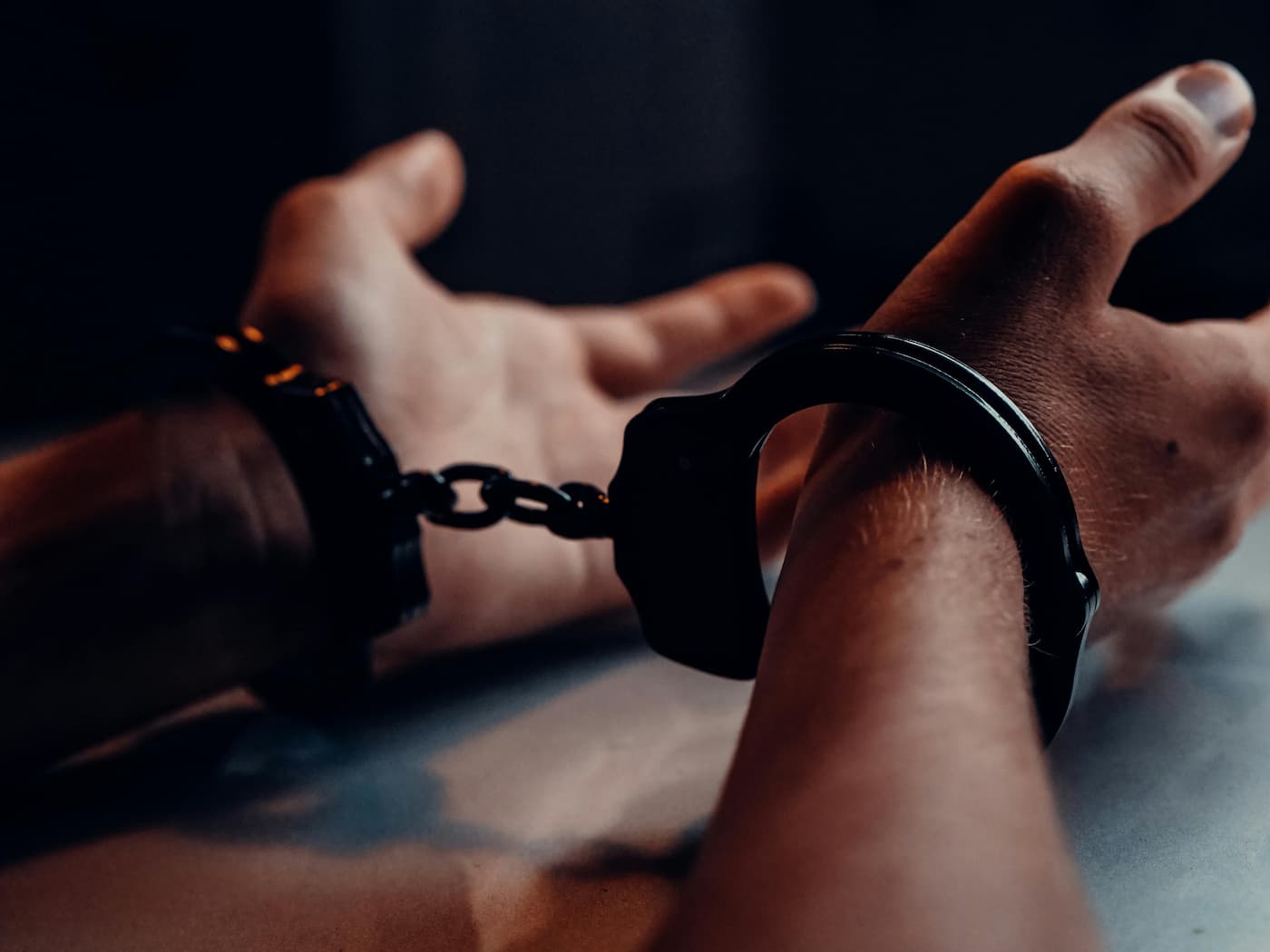Hearts and Hands
O. Henry's “Hearts and Hands” is a captivating story set on a train ride, where unexpected encounters provide a deep understanding of human nature. Explore the subtleties of human tendencies and peel back the layers of deceit in this engrossing short story.

Share Options
Summary of the Poem
The story begins on the eastbound B. & M. Express train in Denver, where passengers are boarding. Among them is a beautiful young woman who is enjoying the comforts of travel. Two young men also board - one appears handsome and confident while the other looks rough and sullen; however, what sets them apart from others onboard is that they're both handcuffed together.
An old man with a steel-rimmed spectacle was sitting by the bridge with dusty clothes. The people were moving to the trucks from the boat with all their essentials as the war had hit their small villages.
Well, Mr. Easton, if you will make me speak first, I suppose I must, don't you ever recognise old friends when you meet them in the West?
The young woman recognizes one of the men as Mr. Easton. Despite his situation, she greets him warmly and extends her hand to shake his. Though initially embarrassed, Mr. Easton responds in kind by explaining his predicament with a slight laugh.
You'll excuse me for speaking, miss, but I see you're acquainted with the marshal here.
The other man interjects, revealing that they are being escorted by a marshal to Leavenworth Prison for counterfeiting. This revelation shocks the young woman momentarily, but she recovers quickly.
So that is what you are doing out here? A marshal!
Mr. Easton explains that financial necessity led him to take the marshal position, although it is less prestigious compared to his previous lifestyle in Washington.
You have been missed from the old crowd,
The conversation took a nostalgic turn as the young woman reminisced about their social circle in Washington. However, her attention kept returning to the handcuffs - a reminder of Mr. Easton's altered circumstances.
Don't you worry about them, miss," said the other man. "All marshals handcuff themselves to their prisoners to keep them from getting away. Mr. Easton knows his business.
The other man reassures her about the necessity of the handcuffs, diverting the conversation momentarily:
I love the West,
The young woman expresses her fondness for the West, reflecting on the simplicity and beauty she finds there compared to the superficiality of Washington society.
Interrupting their conversation, the other man requests a break to smoke tobacco. Mr. Easton agrees, and they make their way to the smoking area while bidding farewell to the young woman.
It's too bad you are not going East,
Before parting, the young woman expressed regret that Mr. Easton had to continue to Leavenworth.
Then the scene shifts as the two men head to the smoking area, leaving nearby passengers to discuss their encounter. One passenger notes the marshal's kindness, while another questions Mr. Easton's youth and the unusual arrangement of his handcuffs.

Share Options
The story concludes with a revelation for both the passengers and readers, hinting at a twist in Mr. Easton's role as a marshal.
Young!" exclaimed the first speaker, "why--Oh! Didn't you catch on? Say--did you ever know an officer to handcuff a prisoner to his right hand?
This sudden shift in the narrative of Mr. Easton’s identity is a signature feature of O’Henry’s writing. Unexpected turns are created by the skilful use of situational irony, especially in this revelation of Mr. Easton's true identity. O. Henry uses a variety of rhetorical techniques to enhance the story in "Hearts and Hands."
Throughout the narrative, foreshadowing gradually raises the stakes and creates suspense by hinting at the big reveal. The title "Hearts and Hands," which is symbolic, gives the work depth by contrasting sincerity with dishonesty. Character dialogue advances the plot by highlighting their motivations and personalities.
Lastly, the reader's comprehension of the story's intricacies is improved by the third-person omniscient perspective, which provides insight into the characters' thoughts and feelings. These strategies work together to add to the timeless appeal of O. Henry's beloved story.
About the Author
- O. Henry the pen name of William Sydney Porter, was an American writer known for his mastery of the short story genre and ability to create compelling stories that appealed to readers of all ages.
- Born: September 11, 1862
- Died: June 5, 1910
- Place of Birth: Greensboro, North Carolina, U.S.
- Major Works: “The Gift of the Magi”, “The Ransom of Red Chief”, and “The Last Leaf”
- Best Known For: O. Henry is well-known for his keen observations of human nature, clever plot twists, and witty storytelling.
Get Personalized Tuitions
We offer premium education on a personalized level. Online tuition for all grades, tailor-made!

Hearts and Hands Questions and Answers
Below are a few questions that you can look out for your examinations and class tests. Stand out with perfectly written answers with help of Aneetta Class.
The title refers to a conflict between the characters' inner wants and their outward circumstances by drawing a comparison between their emotions (hearts) and physical restraints (hands). It depicts a conflict between the practical constraints placed by fate or society and the heart's desire for connection.
The unexpected ending clears up the reader's assumptions and highlights the idea that appearances can be deceiving. The idea that genuine understanding and empathy necessitate looking past someone's outer looks is made stronger and it draws attention to how arbitrary social judgments based on appearances may be. The emotional resonance of the story is strengthened by this revelation, which highlights the characters' humanity and vulnerabilities despite their differences.
O. Henry employs subtle clues and hints, such as the young woman's initial recognition of Mr. Easton and the passengers' discussions about the marshal's youth and unusual behavior, to foreshadow the twist ending. These elements create dramatic irony for the reader, who may piece together the truth before it is explicitly revealed, enhancing the narrative tension and engagement.